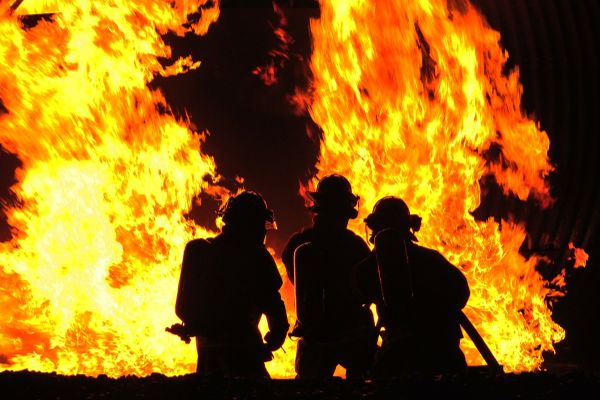Flammable Liquids

Improper storage and handling of flammable chemicals, and failure to recognize and control ignition sources, have accounted for many of the catastrophic accidents involving flammable liquid use and manufacturing.
Statistics have indicated that more than 21 percent of industrial fires and 15 percent of office fires start with the ignition of a flammable or combustible liquid.
What are flammables?
A combustible substance is one that catches fire and burns easily; a flammable substance is one that continues to burn even after the ignition source is removed. Determine the flammability of a combustible liquid by:
- Flash point — the lowest temperature at which vapours or gases will ignite;
- Fire point — the temperature at which a combustible liquid gives off vapors;
- Minimum concentration of extinguishing agents needed to extinguish the fire;
- Combustion rate;
- Temperature increase during combustion.
Flammable liquids burn with intensity. Few materials can generate as many British thermal units (BTUs) per pound as flammable liquids. This accounts for the rapid heat buildup and how fast the fire spreads.
It is extremely important for employees to realize that the liquid itself does not burn, but its vapors, which are invisible and generally heavier than air. The vapors settle to the floor and are moved by air flow. Always consult the material safety data sheet (MSDS) provided by the manufacturer to determine the flammability of a particular liquid.
It is important when storing or working with these flammable liquids that you are not exposed to ignition sources such as:
- Open flames;
- Electrical switches;
- Open motors;
- Static electricity;
- Friction and mechanical sparks;
- Smoking;
- Heat guns;
- Cutting and welding;
- Radiant heat.
Today as you go out to your work area, take a moment and look around. What flammable liquids are you using or storing? Are there any ignition sources around? Are they stored properly? Take action today prior to a disaster occurring.
